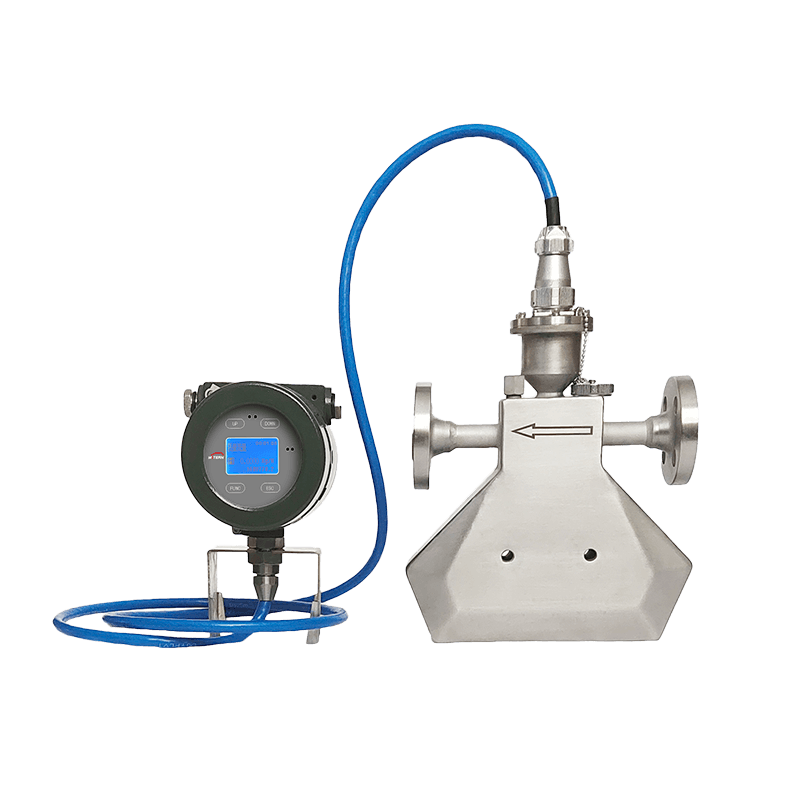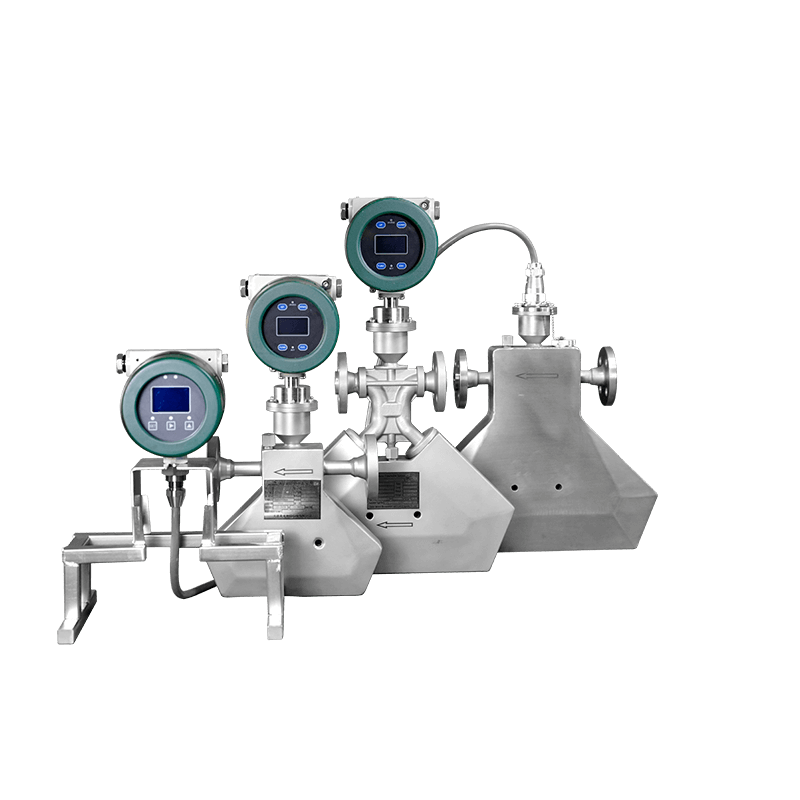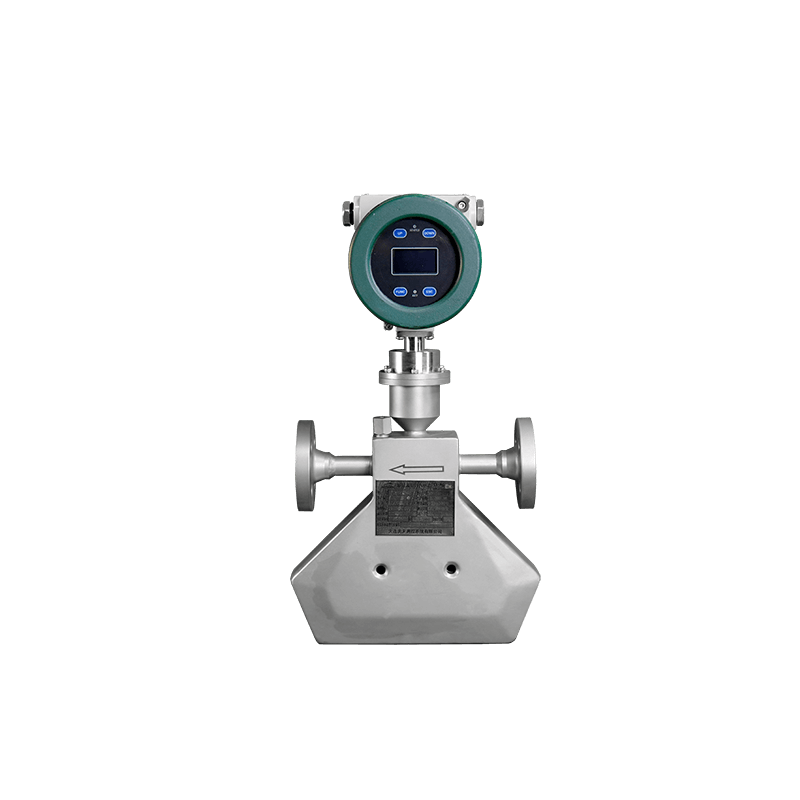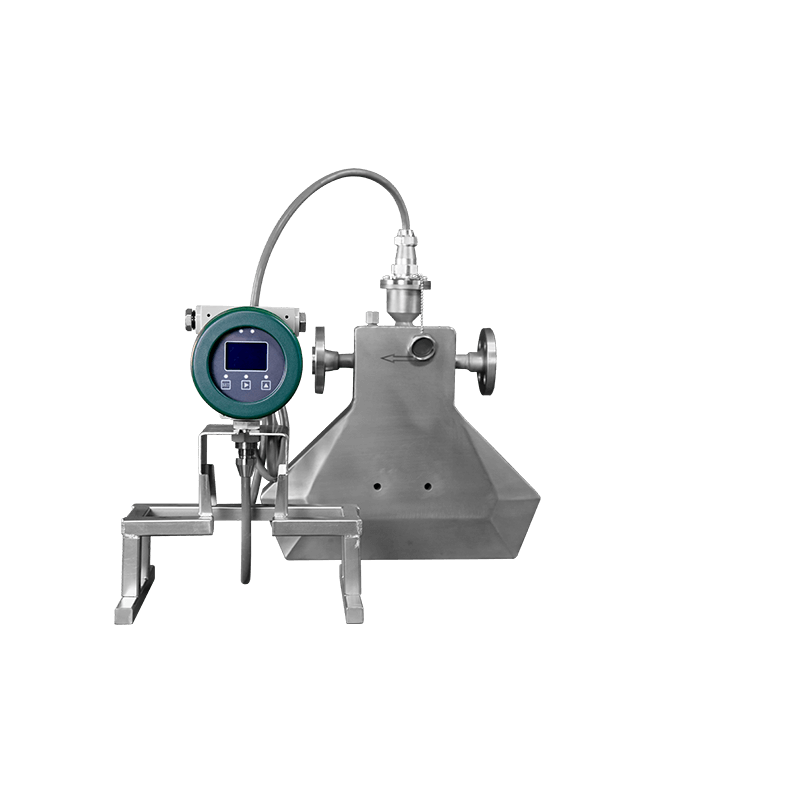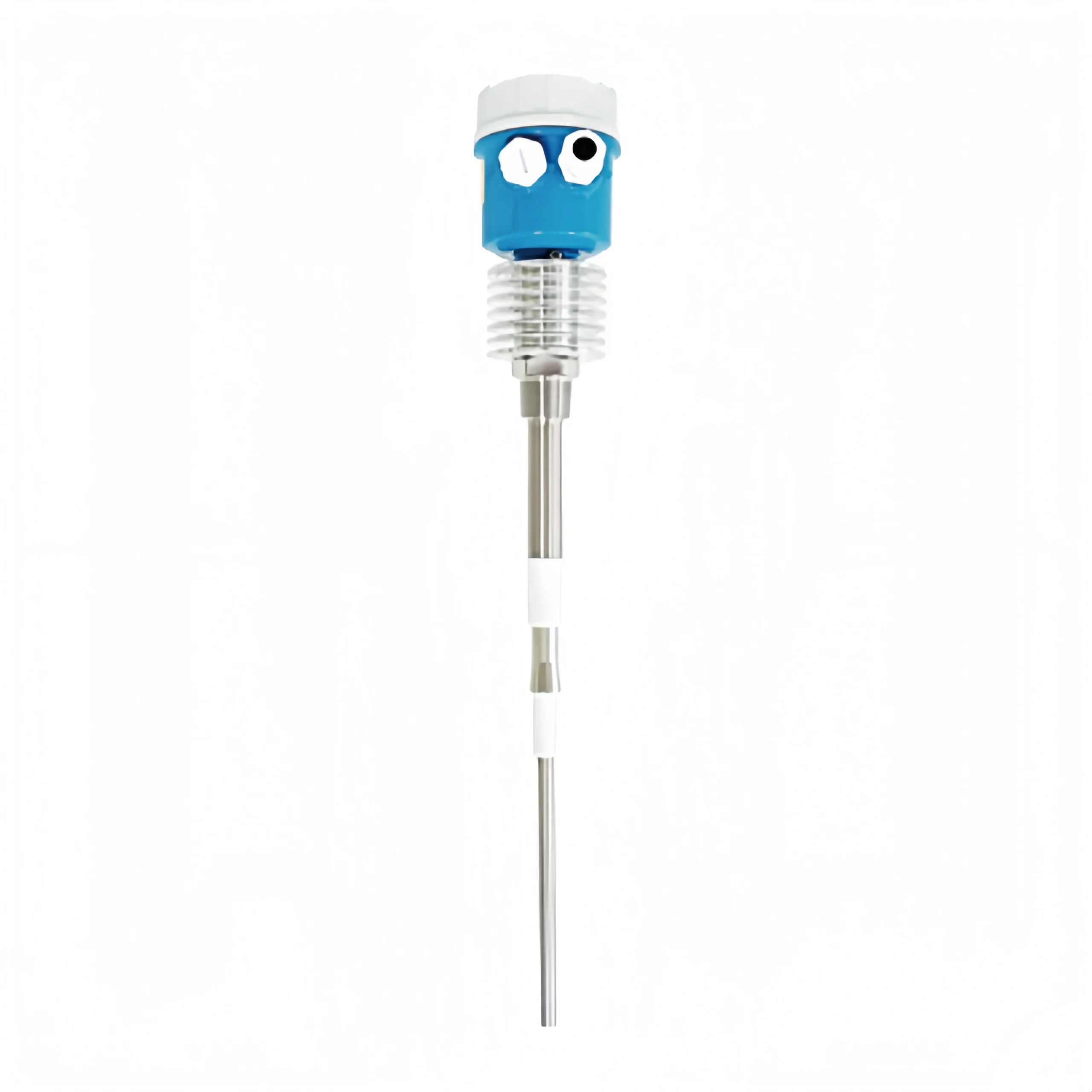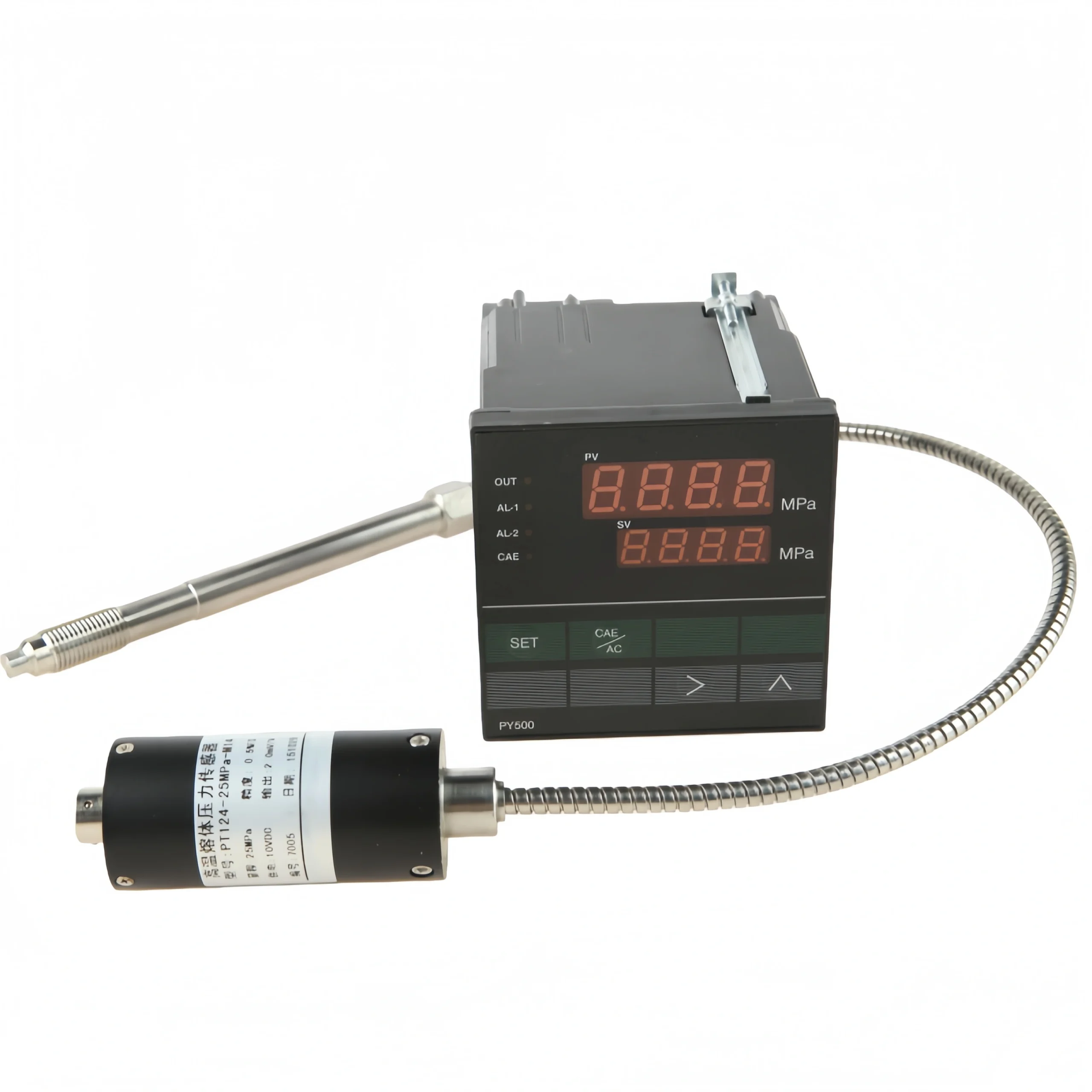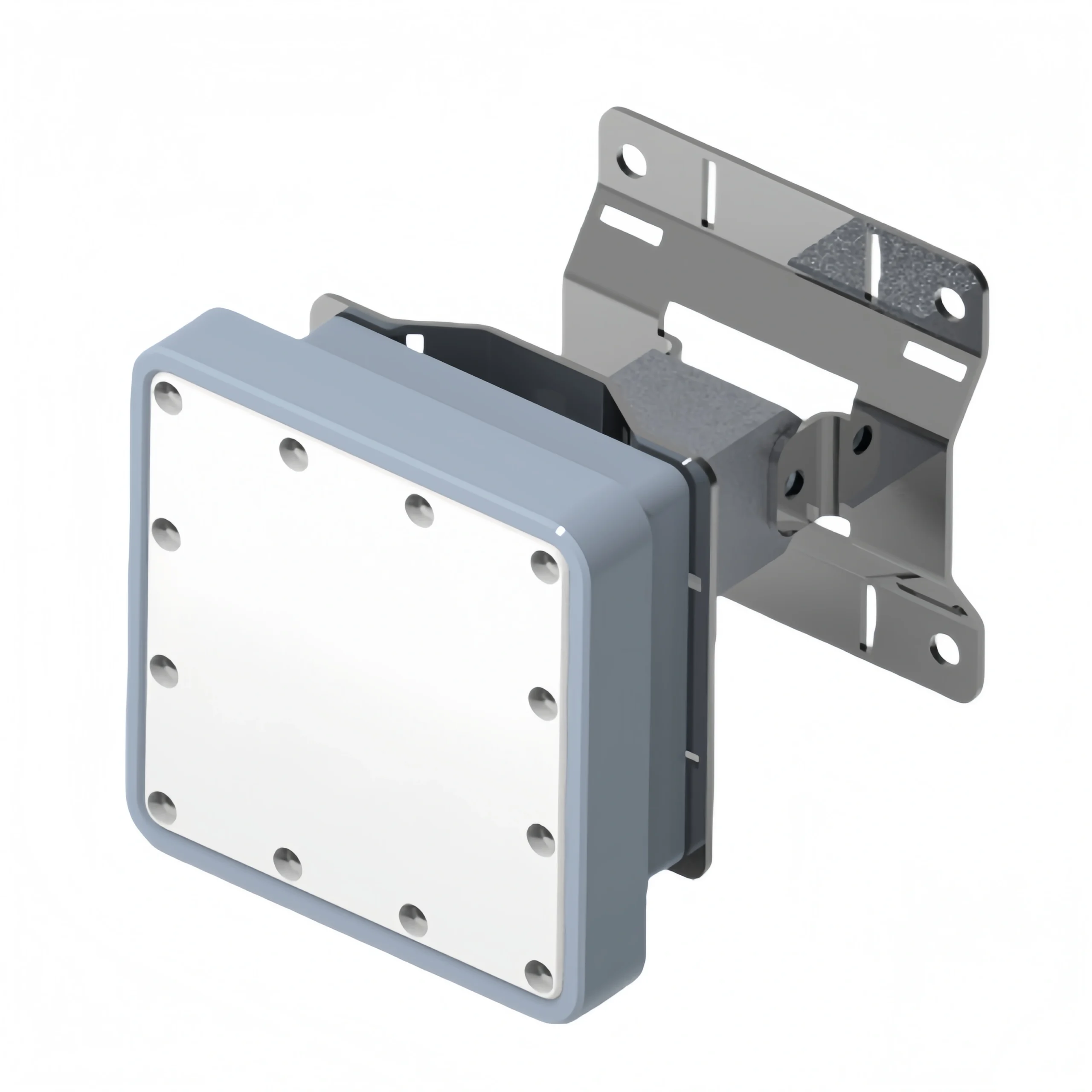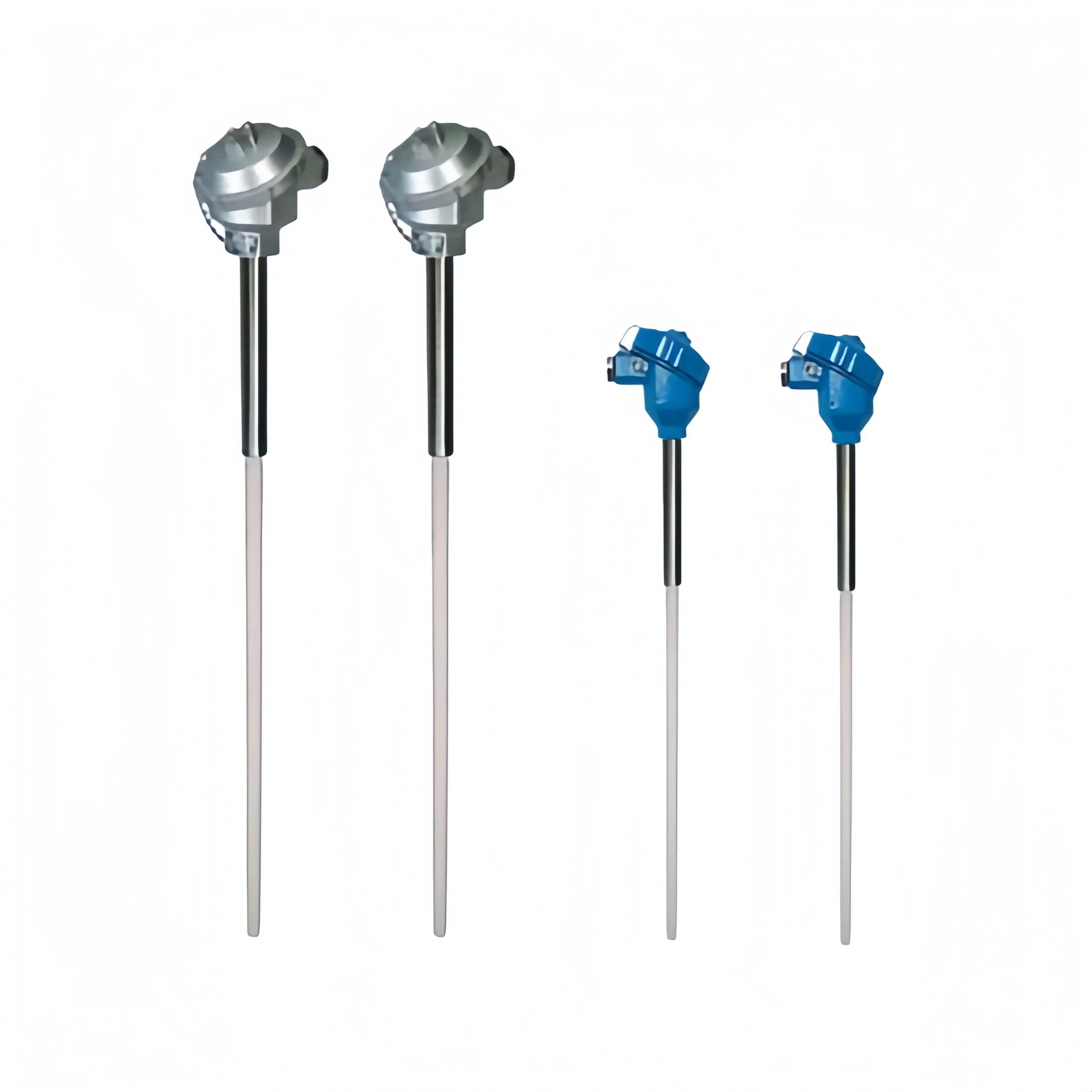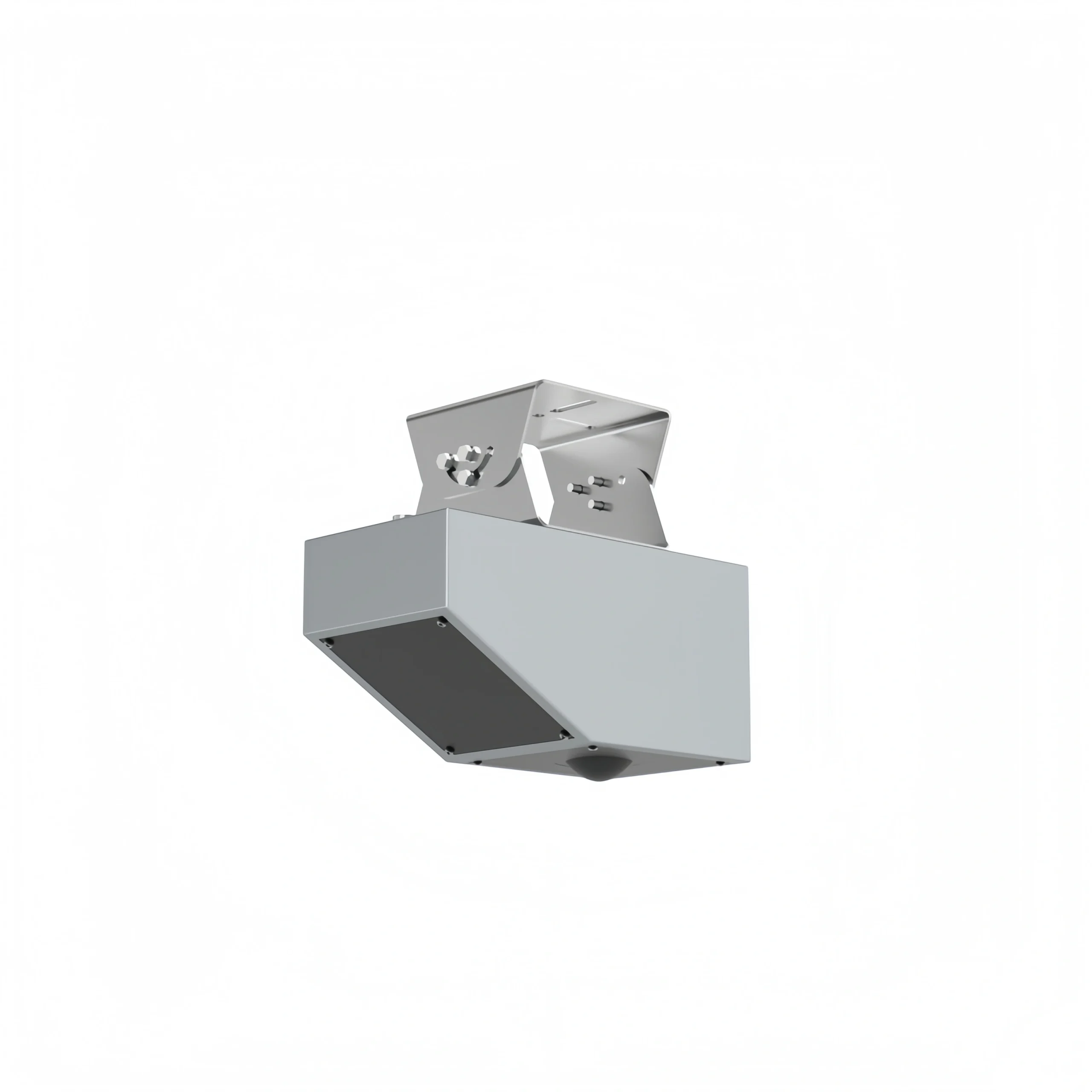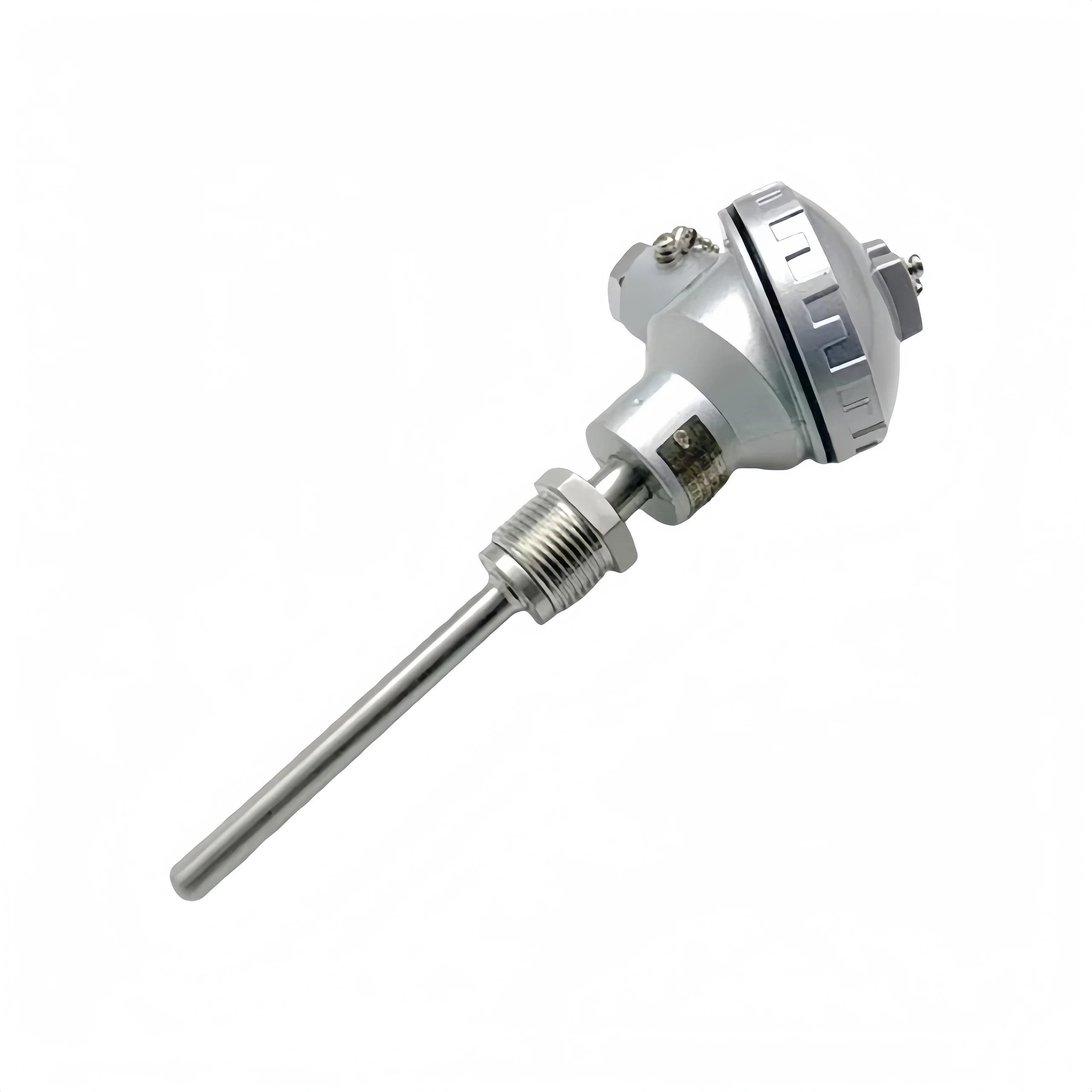How many types of mass flow meters are there?
- There are many types of mass flow meters, among which the common ones are Coriolis mass flow meters, thermal mass flow meters and derivation mass flow meters. Different types of flow meters have different measurement principles and application ranges, and their advantages are also different.
- The Coriolis force mass flowmeter calculates the mass flow rate by measuring the Coriolis force of the fluid. Its advantages include high measurement accuracy, fast response speed, wide measurement range, and can measure a variety of fluids, such as gases, liquids, and steam. In addition, the Coriolis mass flowmeter can also measure parameters such as the density and temperature of the fluid, allowing users to fully understand and control the fluid.
- Thermal mass flow meters calculate mass flow by measuring the heat generated by the fluid on the heating element. Its advantage is that it does not directly contact the fluid and causes less pollution to the fluid. At the same time, it can measure parameters such as density and temperature of the fluid. However, thermal mass flow meters have low measurement accuracy, slow response speed, and are sensitive to changes in fluid temperature and pressure.
- The derivation mass flow meter calculates the mass flow rate by measuring the pressure and temperature of the fluid. Its advantages include simple structure, low price and easy use. However, the measurement accuracy of the derivation mass flow meter is low and it is sensitive to the pressure and temperature changes of the fluid, so it is not suitable for high-precision measurement occasions.
To sum up, different types of mass flow meters have their own advantages and disadvantages. Users should make comprehensive considerations based on actual needs and working conditions when choosing.
What flow meter is used for natural gas?
Natural gas flow meters are generally used in trade measurement.
Commonly used instruments for measuring natural gas flow include:
- Orifice flow meter
- Vortex flowmeter,
- Gas turbine flow meter,
- Thermal gas mass flow meter, etc.

